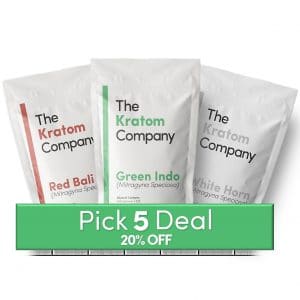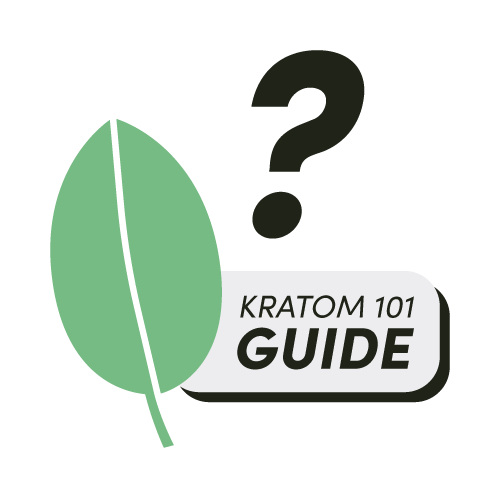- Buy Kratom
-
-
-
- New to Kratom? Try out our Sample Pack to see what strain best suits your needs!TRY NOW
-
-
- Shop By Strain
-
-
-
- New to Kratom? Try out our Sample Pack to see what strain best suits your needs!TRY NOW
-
-
- Resources
-
-
- Sign up for our newsletter to get the latest on Kratom and recieve 30% OFF your first order!SIGN UP
-
- Wholesale
-
×
Skip to content
Product Tags
-
Quick View
- Sale!
Our Pick 5 Bundle Deal
- From $80.00
- Select options
4.91 out of 554 Reviews
Home » Groundbreaking Kratom Research: FDA-Funded Study Set to Uncover New Insights

Groundbreaking Kratom Research: FDA-Funded Study Set to Uncover New Insights
- Anthony Dent, Founding Member
- No Comments
- A groundbreaking FDA-funded clinical trial will compare kratom’s effects (including addiction potential) to oxycodone and placebo, marking the largest federal study on the botanical.
- The research will gather scientific data on user experiences to inform future kratom regulations and potential DEA scheduling.
- Results, due in about three years, signal a move towards evidence-based policy, though immediate regulatory changes are unlikely.
- By comparing kratom to oxycodone and placebo, the study aims to clarify its unique properties, risks, and benefits beyond anecdotal evidence.
A new FDA-funded clinical trial slated to begin this summer will examine kratom’s addiction potential and compare its properties to oxycodone (known to produce pleasurable effects), potentially reshaping how this botanical is regulated and understood in the United States. This $5.5 million study represents the most significant federal research effort focused specifically on kratom to date. The findings could provide crucial scientific data to inform ongoing debates about kratom’s safety, therapeutic value, and appropriate legal framework.
The Landmark Study: Structure and Goals
Led by Christopher Verrico at Baylor College of Medicine, the clinical trial will enroll at least 60 participants who will rotate through different test conditions. The study will compare how users respond to placebo, oxycodone, and three different kratom doses (8-16 grams). “Scientific understanding of its risks and benefits remains limited,” Verrico explains.
His team will gather data using a sliding scale system where participants rate multiple aspects of their experiences — how they feel, perceived effects, and most crucially, how much they enjoy the substance. Dr. Ynhi Thomas, co-investigator on the trial, notes that findings will determine “whether we view it as a potentially therapeutic substance or something more like oxycodone that needs to be more regulated.”
This methodical approach aims to provide concrete evidence about kratom’s properties rather than relying on anecdotal reports or limited laboratory studies. The result could significantly impact how kratom is classified and regulated.
Building on Previous Research
This trial expands on preliminary FDA research that tested kratom leaf capsules against placebo in 40 participants. That initial study monitored for side effects over two days, with early results indicating that kratom leaf capsules are safe even at high doses.
The new study takes a more comprehensive approach by directly comparing kratom to oxycodone — a comparison that could prove crucial in determining future regulatory status. This progression shows the FDA is pursuing a systematic, evidence-based approach to understanding kratom.
Current Kratom Landscape
Approximately 2 million Americans use kratom products annually, accessing them through various retail channels. Available in multiple forms, this botanical derives from the leaves of a tree native to Southeast Asia. Kratom’s regulatory status varies significantly across states. Some have passed consumer protection measures maintaining legal status while implementing safety standards; others have imposed restrictions. This inconsistent approach highlights the need for federal research to inform a cohesive regulatory framework.
In 2016, the DEA attempted to classify kratom as a Schedule I substance but reversed course due to public response. According to Verrico, the current study’s outcomes could directly influence future scheduling decisions: “If it has high abuse potential, the DEA is more likely to place it as a Schedule I or Schedule II drug. If not, they may continue to leave it unscheduled.”
Implications for Industry and Users
For industry stakeholders and users, several key implications emerge:
- Timeline: Initial findings won’t be available for approximately three years, suggesting the current regulatory environment will remain relatively stable in the immediate future.
- Evidence-Based Decision Making: The substantial federal investment indicates a commitment to making regulatory decisions based on scientific evidence rather than anecdotal reports.
- Consumer Protection Focus: The broader context of FDA research suggests a shift toward understanding kratom rather than simply restricting it, potentially supporting a regulated market emphasizing product quality and safety.
- Political Stability: Despite budget scrutiny under the current administration, Verrico indicated there’s “no indication this research will be affected,” suggesting bipartisan recognition of the importance of understanding kratom.
Scientific Significance
What makes this study particularly important is how it addresses fundamental questions about kratom. Despite its long history of traditional use and growing popularity, kratom has lacked comprehensive clinical research comparing its properties to known substances. By directly comparing user experiences with kratom to both placebo and oxycodone, researchers will generate data that could clarify kratom’s unique properties.
This approach acknowledges the complexity of botanical substances, which often contain multiple compounds that may work together to create effects different from single-compound pharmaceuticals. A better understanding could help move beyond simplified classifications that might not accurately reflect kratom’s nature. The research design suggests scientists also recognize the importance of user-reported experiences in addition to laboratory analysis.
Industry Preparation
This research signals the importance of quality standards and responsible practices for businesses involved with kratom. As scientific understanding evolves, regulations will likely follow, potentially rewarding companies that have established strong quality control measures. The American Kratom Association has advocated for the Kratom Consumer Protection Act in various states, legislation that maintains kratom’s legal status while implementing age restrictions and product safety standards.
This approach aligns with the possibility that research will support regulated access rather than prohibition. Companies emphasizing laboratory testing, proper labeling, and transparent manufacturing practices position themselves well for a future where regulations may become more standardized based on scientific findings. Educational efforts that accurately present what we know about kratom without overstating claims build credibility that can withstand increased scrutiny.
The Broader Context
This study represents one part of a larger shift in how botanical substances are researched and regulated. Regulatory bodies increasingly seek controlled human studies to inform decision-making rather than relying solely on historical use patterns or isolated laboratory findings. For kratom specifically, this research acknowledges both its widespread use and the legitimate questions surrounding its properties.
The comparative approach of testing against a placebo and a controlled substance demonstrates a rigorous scientific approach beyond simply asking whether kratom has effects. The substantial funding allocated to this research also signals recognition of kratom’s significance rather than dismissal. This level of scientific attention represents a meaningful development for a botanical that has often existed in regulatory gray areas.
Looking Forward: The Evolution of Kratom Research
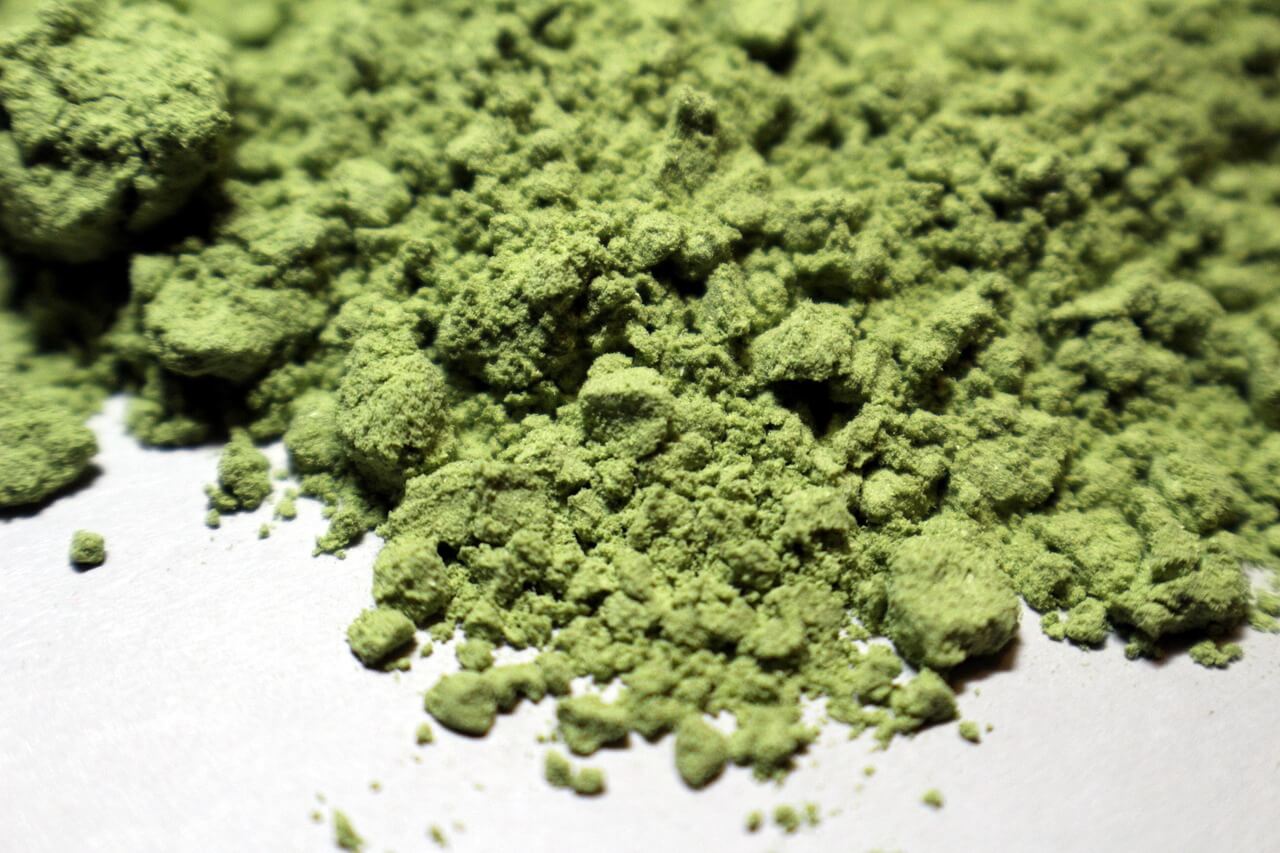
This groundbreaking study represents a significant shift in kratom research. For the first time, scientists are employing systematic clinical methods to explore kratom’s unique properties. By gathering comparative response data, this study will create an evidence-based foundation that regulators, healthcare providers, and consumers can rely on for informed decisions. This approach recognizes that botanical substances contain multiple compounds working in concert, creating effects that don’t easily fit standard pharmaceutical classifications.
For kratom advocates and skeptics alike, this research promises to replace speculation with science. While initial findings remain years away, the very existence of this federally-funded study acknowledges kratom deserves serious scientific investigation rather than dismissal. As this foundational research develops, it will likely spawn additional studies examining specific applications and long-term patterns. Regardless of whether results suggest lighter or stricter regulations, they’ll provide the factual basis for understanding kratom’s appropriate place in society—something sorely missing from current discussions.
Stay Informed with The Kratom Company
The Kratom Company remains your go-to resource for accurate, current information about the evolving kratom landscape. Our team continuously tracks scientific research and regulatory developments, translating complex findings into straightforward insights you can trust. When results from this pivotal FDA study become available, count on us to deliver thorough analysis that clarifies what these findings mean for kratom’s status and future. Our commitment to factual reporting ensures you’ll understand the real implications without hype or speculation.
Regularly visit our blog to stay current on kratom research, legal updates, and other important kratom news. By staying informed through reputable sources, you’ll be better positioned to navigate the changing kratom environment with confidence.
Featured Products
-
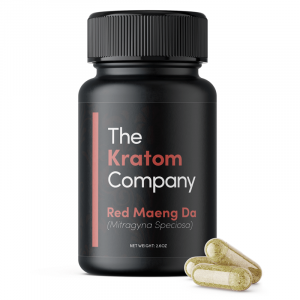 From $24.00Select options This product has multiple variants. The options may be chosen on the product page
From $24.00Select options This product has multiple variants. The options may be chosen on the product page -
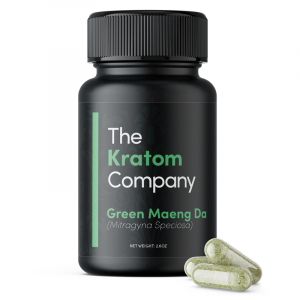 From $24.00Select options This product has multiple variants. The options may be chosen on the product page
From $24.00Select options This product has multiple variants. The options may be chosen on the product page -
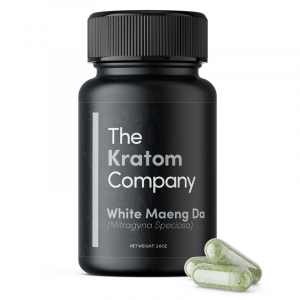 From $24.00Select options This product has multiple variants. The options may be chosen on the product page
From $24.00Select options This product has multiple variants. The options may be chosen on the product page
Explore More Posts
Product Search
Shop By Strains
Featured Products
-
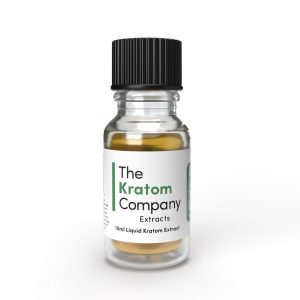 Pure Kratom Liquid Extract
Rated 4.72 out of 5From $20.00
Pure Kratom Liquid Extract
Rated 4.72 out of 5From $20.00 -
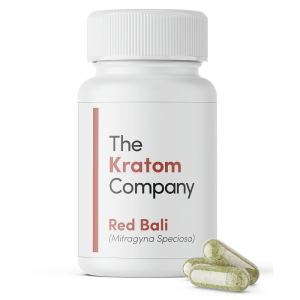 Red Vein Bali Kratom Capsules
Rated 4.70 out of 5From $24.00
Red Vein Bali Kratom Capsules
Rated 4.70 out of 5From $24.00 -
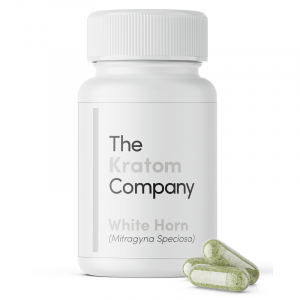 White Horn Kratom Capsules
Rated 4.88 out of 5From $24.00
White Horn Kratom Capsules
Rated 4.88 out of 5From $24.00
Follow Us
Strains
Blogs
NEWSLETTER
Sign up for our newsletter!

These statements and products presented on this website have not been evaluated by the Food and Drug Administration FDA. The products mentioned on this website are not intended to diagnose, prevent, treat or cure any diseases or health conditions. Therefore any information on this website is presented solely as the opinions of their respective authors who do not claim in any way shape or form to be medical professionals providing medical advice. The KRTM Company and its owners or employees cannot be held responsible for, and will not be liable for the inaccuracy or application of any information whatsoever herein provided. By purchasing our products you agree that you are aware and in compliance with your local county, state, or federal regulations. Must be 21 years or older to purchase Kratom. The US FDA has not approved kratom as a dietary supplement. We do not ship to the following states, cities and counties in the US where Kratom is banned: Alabama, Arkansas, Indiana, Rhode Island, Vermont, Wisconsin, Sarasota County, FL, Union County, MS, Denver, CO, San Diego, CA, and Jerseyville, IL.
